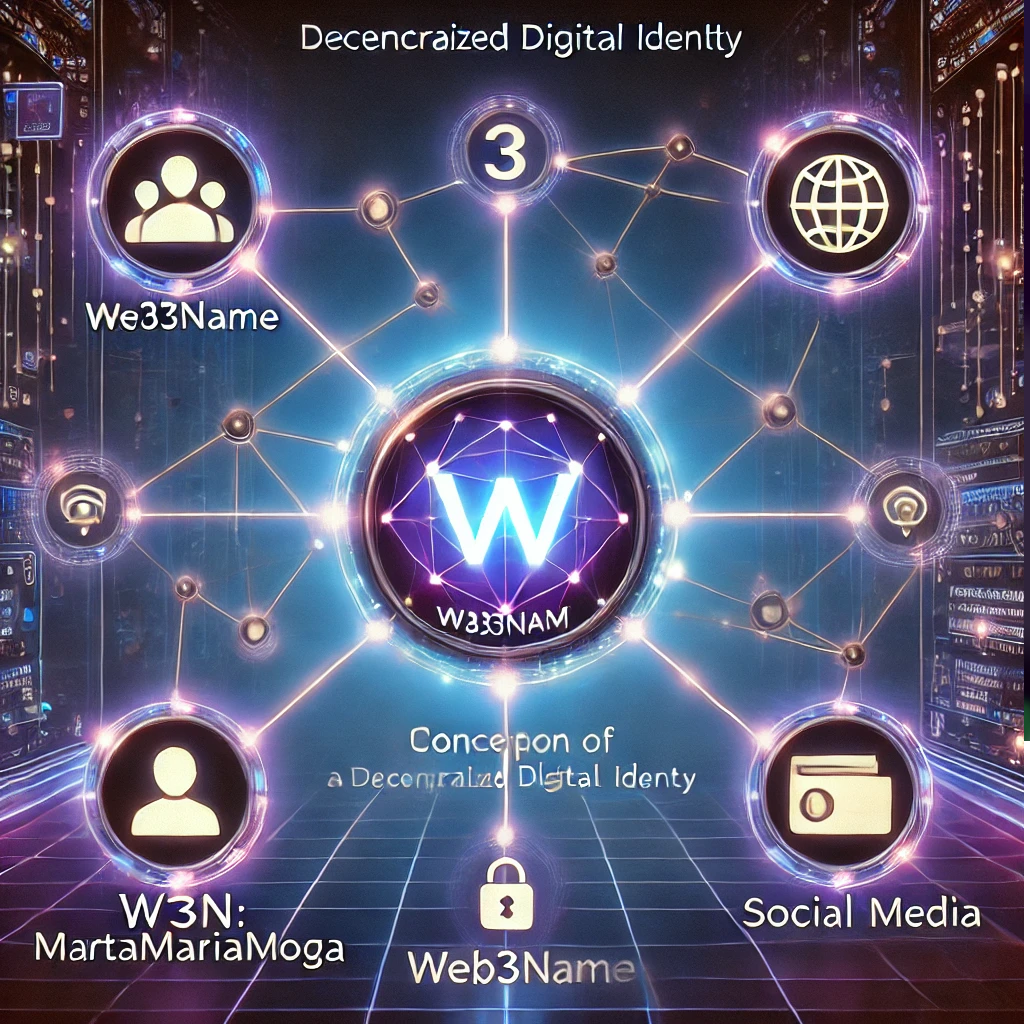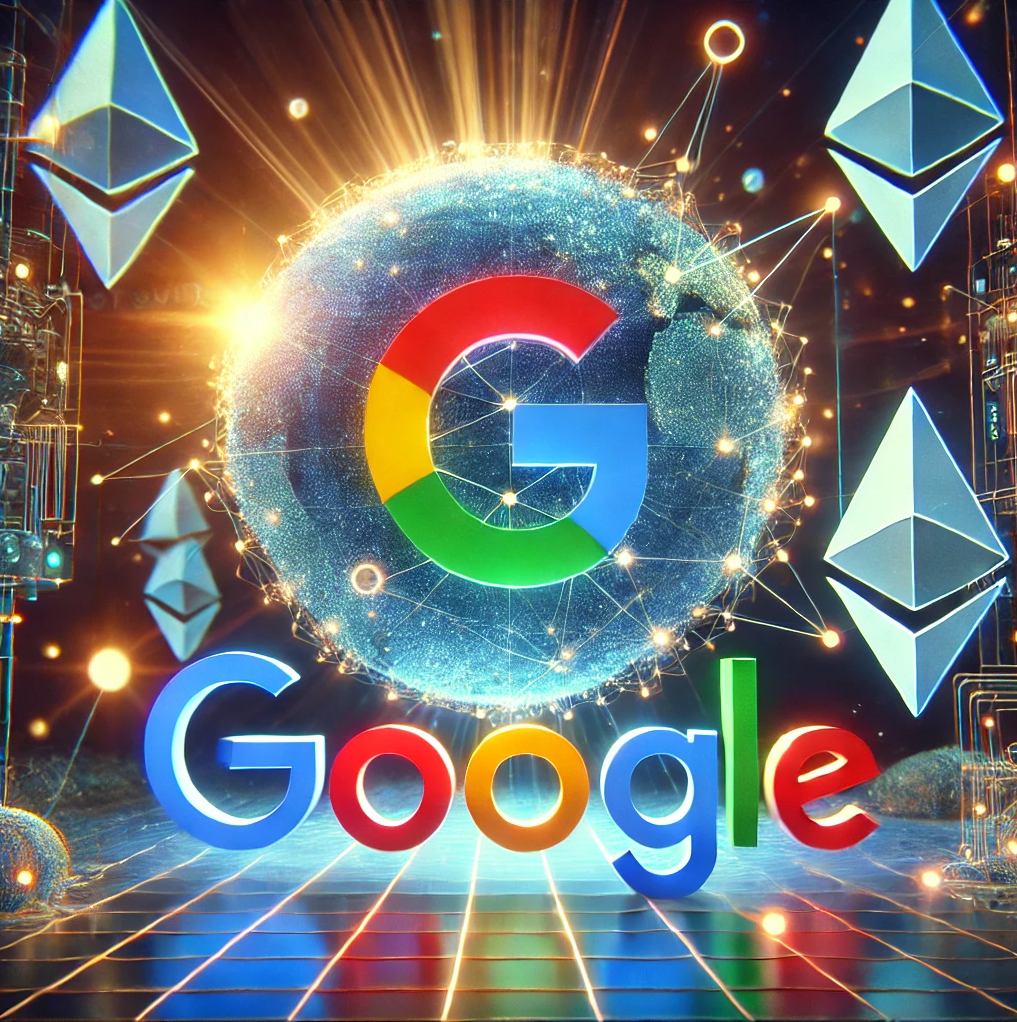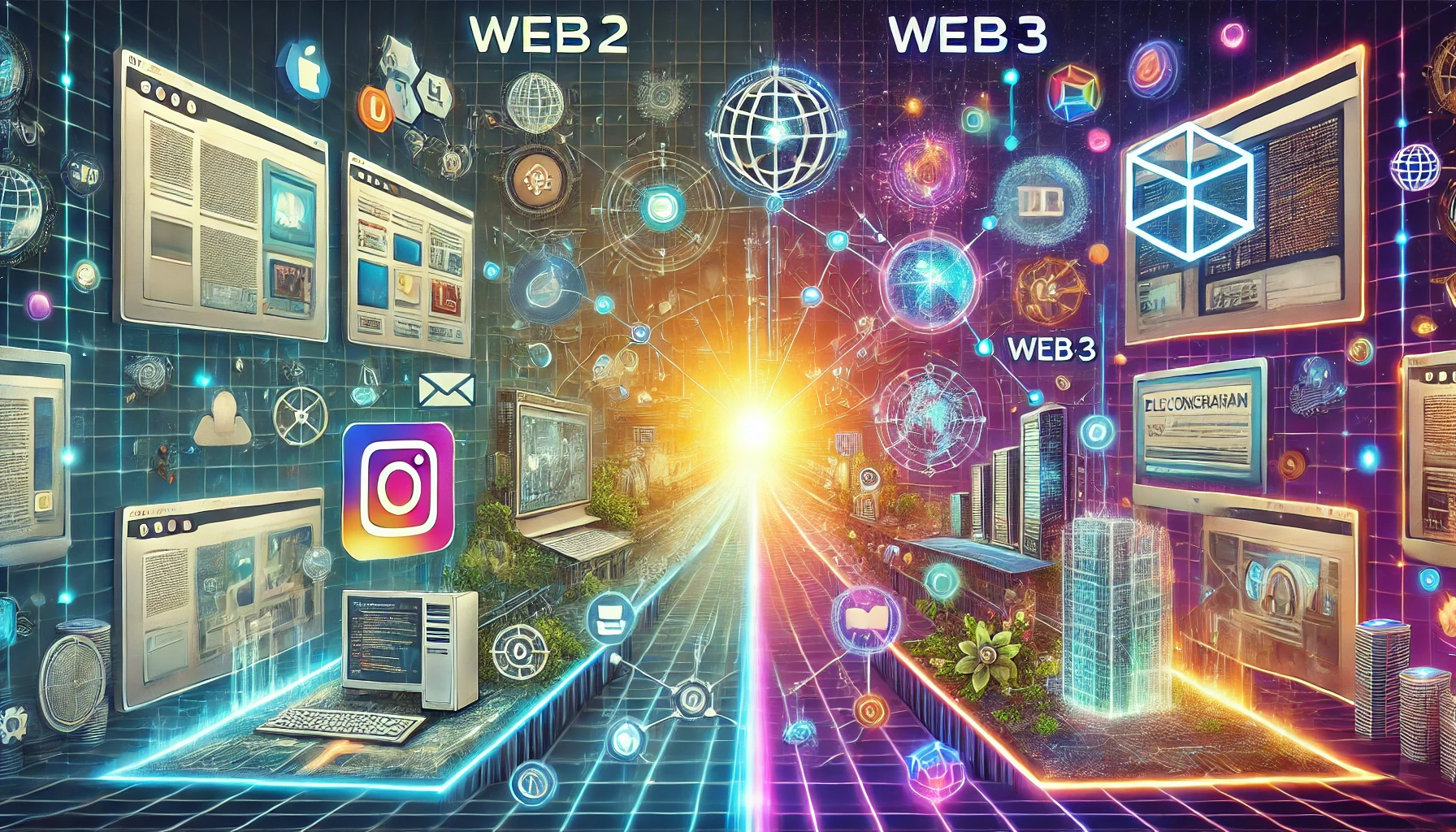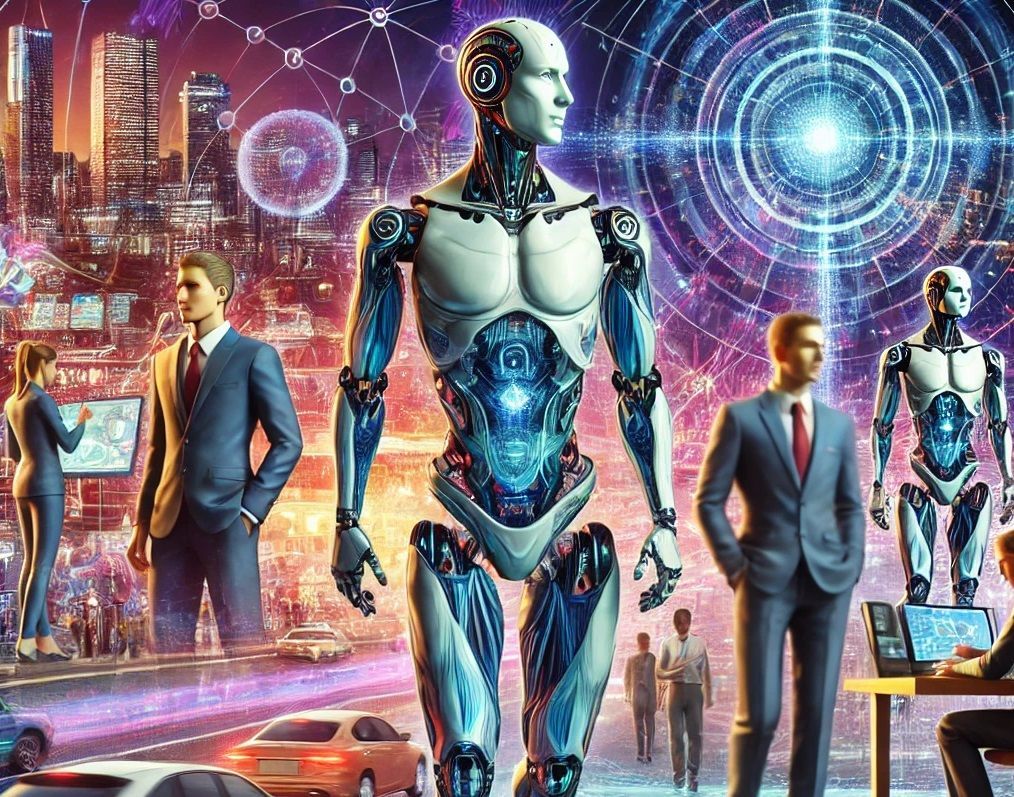ChatGPT
Chatgpt Evolution from GPT1 to GPT6
ChatGPT, developed by OpenAI, has undergone significant evolution from its first version to the current version. Below, we analyze the main stages of its development:
GPT-1 (2018)
- Launch: GPT-1 was the first pre-trained generative language model, introduced by OpenAI.
- Architecture: Based on a Transformer neural network, first introduced in 2017 by Google researchers.
- Characteristics:
- Trained on a large corpus of text data.
- He was able to generate coherent sentences, but was limited in contextual understanding.
- Impact: It demonstrated the potential of pre-trained models, but still had very rudimentary capabilities.
GPT-2 (2019)
- Advances:
- Much larger than GPT-1 (with 1.5 billion parameters).
- Trained on a huge dataset, representing a quantum leap in language generation.
- Characteristics:
- Generate coherent text across long paragraphs.
- Ability to complete sentences, answer questions, and create content based on simple prompts.
- Controversies:
- OpenAI initially restricted its public release over concerns about its misuse.
GPT-3 (2020)
- Revolution:
- 175 billion parameters, a huge expansion compared to GPT-2.
- Advanced language comprehension and generation skills.
- Characteristics:
- Creating highly coherent and contextual content.
- Answering questions, language translation, summarizing, and even creative skills like writing poetry.
- Highly flexible prompt structure.
- Diffusion:
- The basis of the launch of ChatGPT as an application for interaction with users.
- OpenAI has made GPT-3 accessible via API, allowing for integration into multiple apps.
ChatGPT (GPT-3.5 - November 2022)
- Improvements:
- Optimized for natural conversations.
- Trained to understand and respond in a more human and interactive way.
- Greater ability to follow the context of conversations.
- Uses:
- Customer support, education, creative writing, programming assistance and more.
- Limits:
- Limited knowledge of information until 2021.
- Occasional errors in answers or difficulty with complex questions.
ChatGPT Plus and GPT-4 (March 2023)
- Advances:
- GPT-4 improved the capabilities of GPT-3.5 with more parameters and a more sophisticated architecture.
- Multimodal capabilities (text and images), allowing the model to analyze and respond to visual content as well.
- More accurate answers and fewer errors.
- Conversational Improvements:
- Deeper contextualization.
- Ability to follow longer, more complex conversations.
ChatGpt 4.o (2024)
- Description: An improved version of GPT-4, which retains the basis of the previous model, but introduces significant optimizations for greater effectiveness and versatility.
- Characteristics:
- Advanced multimodal capabilities: Improved support for analyzing text and images, with deeper understanding of visual and contextual details.
- Better context management: Ability to follow longer, more complex conversations while maintaining even greater coherence than before.
- More natural interaction: Smoother, more personalized responses, with greater attention to linguistic nuances.
- Optimized efficiency: Reduced response times and increased accuracy in understanding complex prompts.
- Impact:
- Job Description: Increased effectiveness in assisting with complex projects, such as data analysis, technical writing, and task automation.
- Education and Creativity: More detailed results for creative writing, academic support and innovative content generation.
- Improved user experience: An interaction that is increasingly closer to natural, human communication.
GPT-5 (hypothetical, mid-2025)
- Release Period: Launch is expected to be by June 2025, given OpenAI’s previous update cycle.
Possible Features
- Extended Multimodality: Ability to analyze and generate not only text and images, but also audio and video content. For example, generating short videos described by text.
- Improved Comprehension: Deeper context in complex conversations and multi-turn interactions.
- Bias Reduction: Advanced optimizations to ensure more neutral and accurate responses.
- Empathic interactions: Better emotion recognition in prompts for more personalized responses.
- Web3 and Blockchain Integration: Dedicated tools for developers and users to facilitate smart contract creation and interaction in the metaverse.
Impact:
- Creativity: More advanced support for generating creative content, including movies and music.
- Business Applications: Greater precision in managing complex data and generating advanced reports.
- Wider Access: Improved interfaces to make it more intuitive for non-expert users.
GPT-6 (hypothetical, late 2026)
- Release Date: Expected by November 2026, as a full evolution of GPT-5.
Possible Features:
- Complete multimodality: Simultaneous management of text, images, audio and video, with the ability to create complex content that combines multiple formats.
- Continuous learning: Ability to dynamically update itself with new data and information, without having to be completely retrained.
- Advanced Human Interactions: Responses indistinguishable from those of a real person, thanks to a superior understanding of natural language and emotions.
- Metaverse and Augmented Reality Optimization: Creating and managing personalized virtual environments, lifelike avatars, and immersive experiences.
- Energy efficiency: Significant reduction in the consumption of computational resources, making the model more sustainable.
Impact:
- Advanced Personal Assistance: Become a universal assistant for every aspect of life, from work to daily management.
- Educational Innovation: Introducing fully personalized and immersive learning experiences.
- Creative and professional collaboration: Tools for complex projects like film production and interactive design.
Blog

By Marta Maria Moga
•
January 13, 2025
Creare un'identità decentralizzata (DID) con un Web3name è un passo importante per partecipare al futuro del Web3. È semplice, economico e garantisce maggiore controllo sui tuoi dati digitali. Anche se ci sono costi iniziali e limitazioni, i vantaggi a lungo termine superano di gran lunga gli svantaggi, soprattutto man mano che l'ecosistema Web3 cresce.

By Marta Maria Moga
•
January 9, 2025
La mossa di Google sul Web3 non è solo un’esplorazione di nuove tecnologie, ma un investimento strategico nel futuro di Internet. La loro capacità di adattarsi e innovare potrebbe ridefinire il modo in cui interagiamo con la blockchain e i servizi decentralizzati. Tuttavia, sarà fondamentale osservare come bilanceranno la loro influenza con l’ideale di un Web3 realmente libero e aperto. Una cosa è certa: il gioco è appena iniziato.

By Marta Maria Moga
•
January 9, 2025
Come Rivendicare un Dominio Web2 su Web3: Guida Completa con Esempio Pratica. Scopri come rivendicare e configurare un dominio Web2 su Web3 in pochi passi. Segui il nostro esempio pratico con traslochimilano.online per imparare a collegare il wallet, aggiornare i DNS e sfruttare i vantaggi del Web3 per il tuo sito. Preparati al futuro digitale con questa guida dettagliata.

By Marta Maria Moga
•
December 11, 2024
Con il progresso delle loro capacità cognitive e operative, gli umanoidi stanno emergendo non solo come assistenti, ma anche come potenziali leader in ambiti complessi. Entro i prossimi 15 anni, è plausibile che umanoidi specializzati possano occupare ruoli di dirigenza nelle aziende grazie alle seguenti caratteristiche..

Website built with OpenAI
👉Download the official whitepaper of the MOGA token, compliant with the MiCAR Regulation, to discover all the details on the IA360 project and the transparency of our ecosystem MOGA token whitepaper - MiCAR - IPFS .








